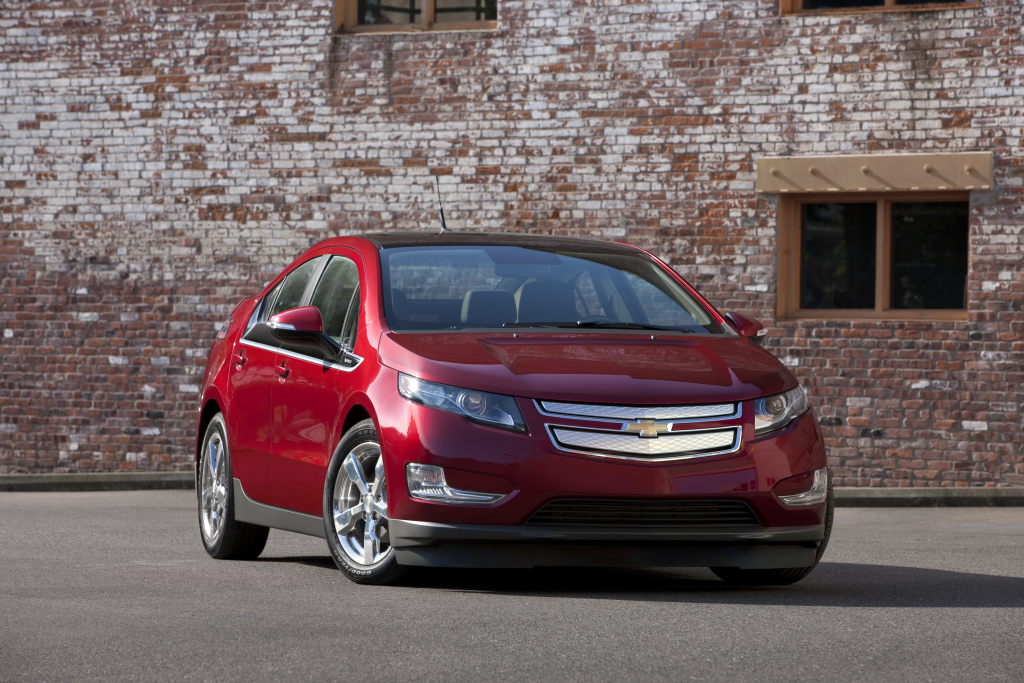
The National Highway Traffic Safety Administration has opened an investigation into the safety of lithium-ion batteries in electric vehicles after a Chevrolet Volt caught on fire after a crash test three weeks earlier.
The agency has asked all manufacturers who currently have electric vehicles on the road or plan to introduce one to provide information on the protocols they have established for discharging and handling their lithium-ion batteries, including how to lower risk of a fire. This is to
NHTSA said it had investigated an incident involving a fire in a Chevy Volt after a crash test on May 12. The test involved a Chevrolet Volt crashing into a pole which caused the battery pack in the center tunnel and rear seat to crack. Then, NHTSA followed procedure to put the car on a rotisserie and rotate it 90 degrees every five minutes to see any fluid leakage. Coolant leaked out of the battery pack but the components stayed put.
Three weeks after the test, the Volt caught on fire at NHTSA's storage facility in Wisconsin. NHTSA said the damage caused the fire.
After the news, both NHTSA and General Motors both independently replicated the crash test and rotation. In both crashes, neither one could reproduce the conditions.
GM spokesman Greg Martin said if NHTSA had followed certain protocols after the crash test, there would have been no fire.
"We've developed very stringent safety protocols on the disposal and safe handling of the battery packs on the Chevy Volt. Those obviously were not followed in this case. GM also has also been unable to replicate the incident."
NHTSA in a statement today said,
“As manufacturers continue to develop vehicles of any kind -- electric, gasoline, or diesel -- it is critical that they take the necessary steps to ensure the safety of drivers and first responders both during and after a crash, Based on the available data, NHTSA does not believe the Volt or other electric vehicles are at a greater risk of fire than gasoline-powered vehicles. In fact, all vehicles -- both electric and gasoline-powered -- have some risk of fire in the event of a serious crash.”
The agency says the information from automakers will be used to inform emergency responders, tow-truck operators, salvage yards, and consumers about the risks and how to handle an EV in a accident.
We'll be keeping a close eye on this story.
Source: Bloomberg, Detroit News, Green Car Reports, Jalopnik
Statement from GM on Page 2
GM Statement in Response to NHTSA Investigation
DETROIT – The following statement can be attributed Jim Federico, General Motors chief engineer for electric vehicles:
“First and foremost, I want to make this very clear: the Volt is a safe car. We are working cooperatively with NHTSA as it completes its investigation. However, NHTSA has stated that based on available data, there’s no greater risk of fire with a Volt than a traditional gasoline-powered car.
“Safety protocols for electric vehicles are clearly an industry concern. At GM, we have safety protocols to depower the battery of an electric vehicle after a significant crash.
“We are working with other vehicle manufacturers, first responders, tow truck operators, and salvage associations with the goal of implementing industry-wide protocols.”





-3707742431.jpg.06edf8e14f4ccf35c60d4774a543cc11.jpg)



Recommended Comments
Join the conversation
You can post now and register later. If you have an account, sign in now to post with your account.
Note: Your post will require moderator approval before it will be visible.